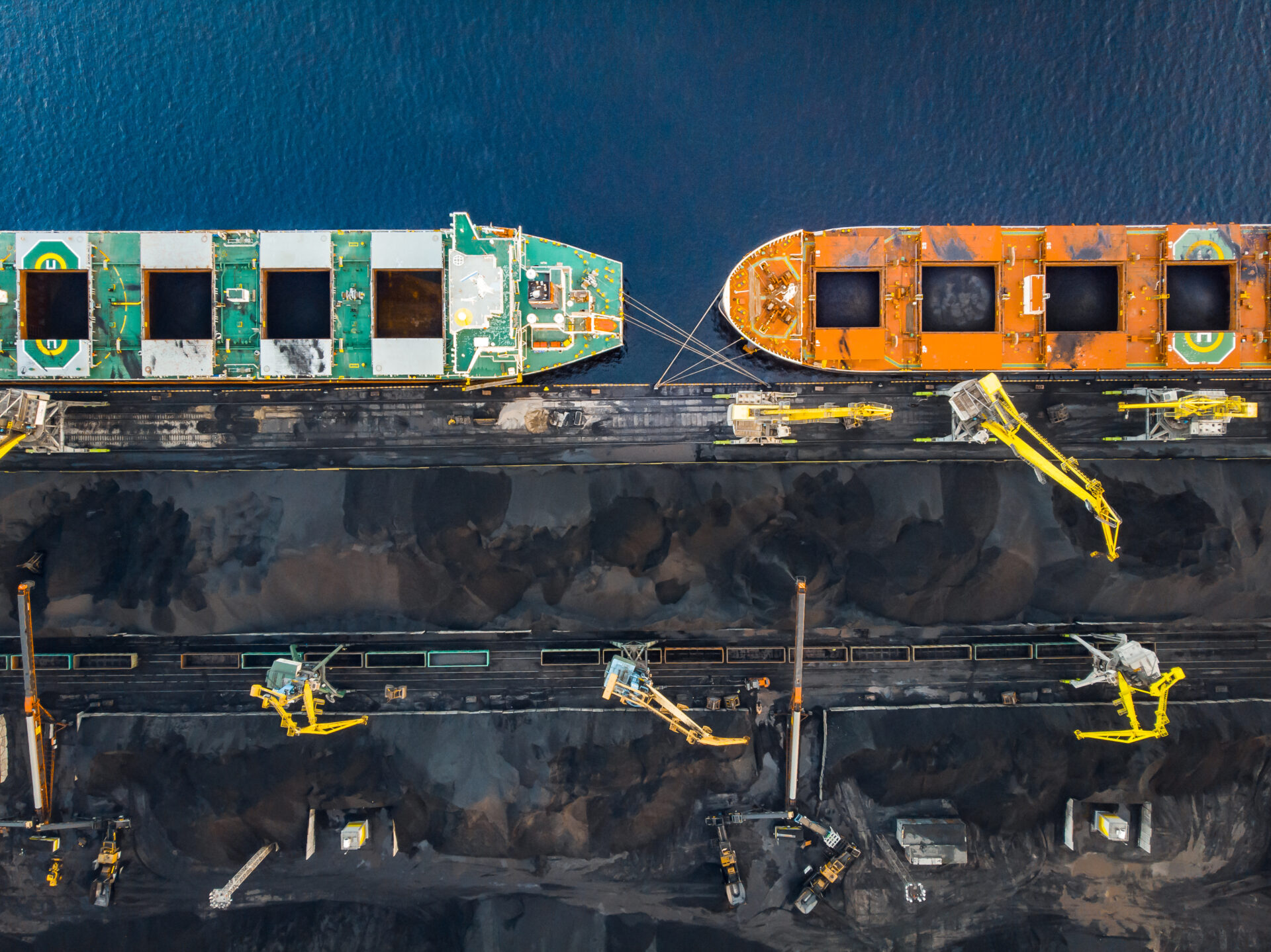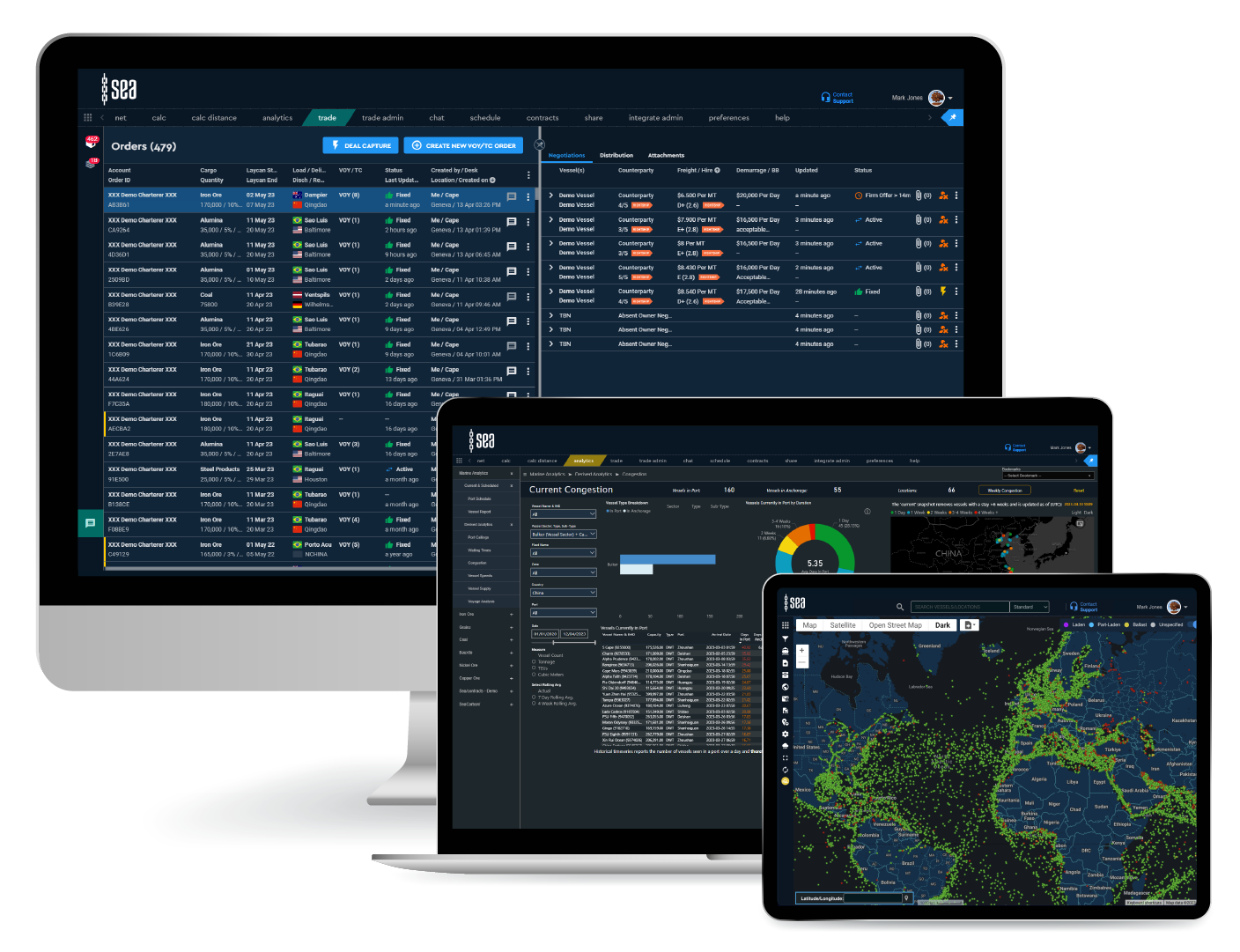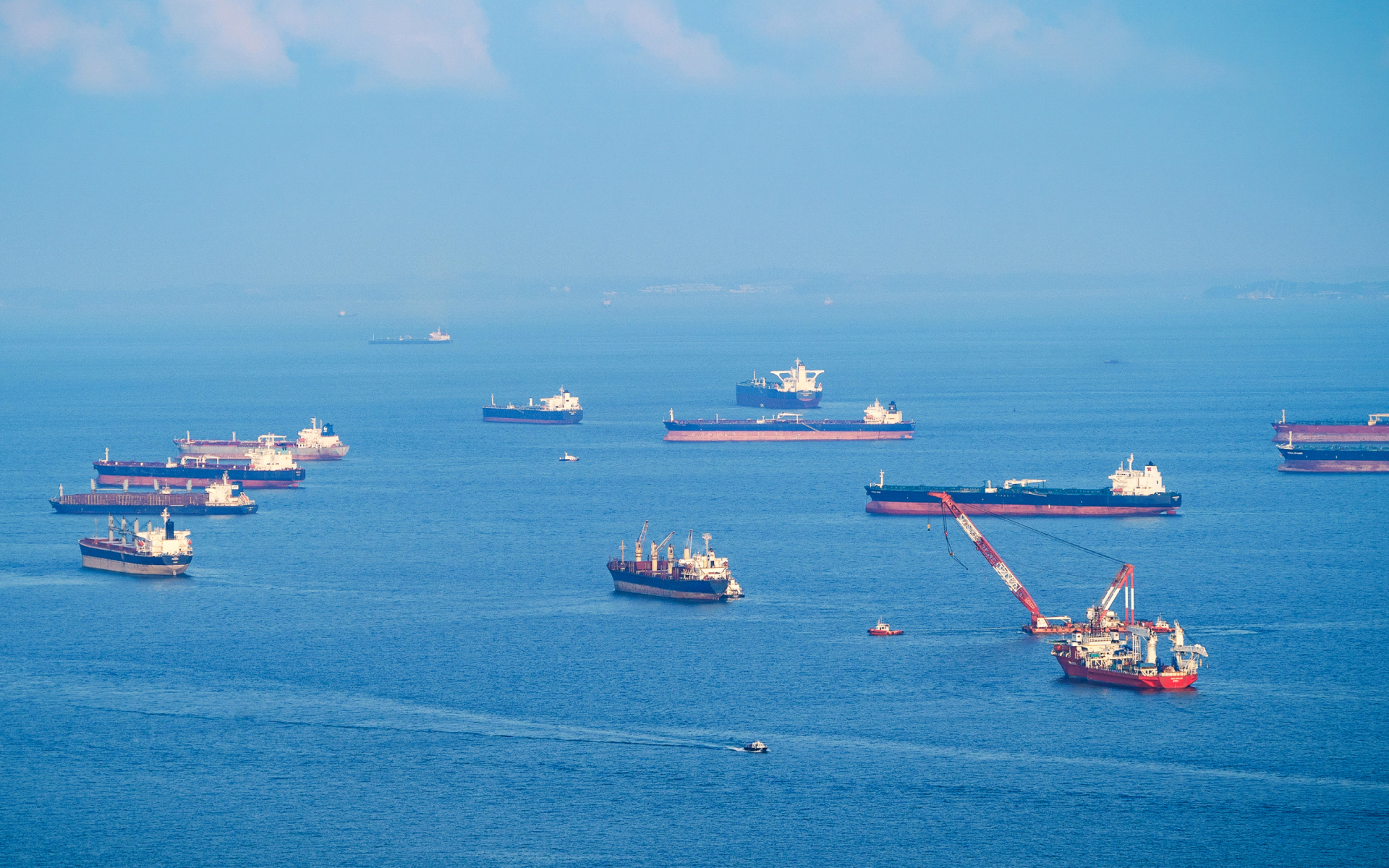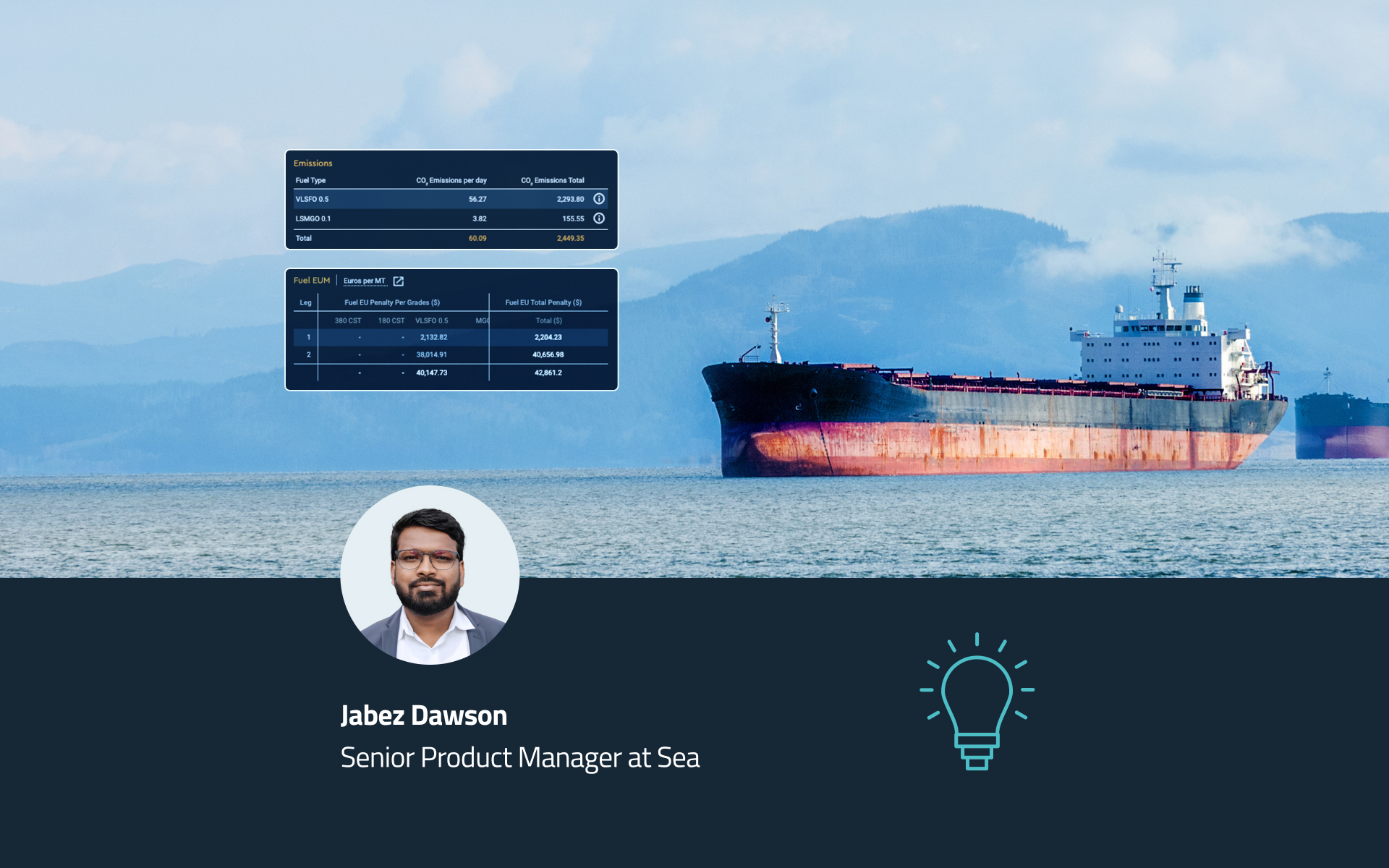AIS data is widely used across the shipping industry as a tool to locate and identify vessels. AIS (automatic identification system) was originally designed for anti-collision around and outside of ports. With AIS, vessels continuously send messages regarding where they are, where they’re heading, their speed and more.
AIS data on its own isn’t particularly useful, however, when this data is combined with other sources of data, its value really comes to life. The development and adoption of technologies across shipping is fast paced, however the question lies with how this data is being used and what can we do to truly harness its potential?
1. Understand what the market looks like
Vessel tracking tools like Sea Vessel Tracking visualise AIS data and allow shipping professionals to filter down to only view the commercial vessels they are interested in. In addition, they can understand where vessels are heading to, whether they have cargo on board, and they can utilise their speed to determine the estimated time of arrival and when the vessel will next be available. Vessel tracking tools with weather functionality allows you to understand upcoming weather patterns and anticipate market changes and disruptions.
2. Keep track of commodity flows
When AIS data is combined with commodity and berth data further analysis can be done on a country, port or even berth level. The data signals to shipping professionals whether vessels are loading /unloading and what commodity is being exported /imported and possibly where the supply chain is continuing.
3. Get alerted on the upcoming changes
When AIS data is utilised correctly shipping professionals can anticipate upcoming changes with along the journey and create alerts on particular vessels. Anticipating upcoming port delays will allow vessels to slow down or reroute leading to reduced emissions and lower costs.
4. Stay on course with your emission targets
Increasingly, shipping professionals are looking to make cleaner shipping decisions to reduce their carbon footprint. AIS allows shipping professionals to calculate the predicted emissions of each voyage based on various criteria such as speed, whether it’s laden, ballast, in port, waiting or at sea, the weight of the cargo, the fuel its burning and more. Emissions are becoming a key part of the decision-making process for shipping professionals and AIS live shipping data allows you to consider whether a decision such as increasing speed to meet demand is really the best decision.
Why Sea?
At Sea – The Intelligent Market for Fixing Freight, AIS is more than just dots on a screen. We combine AIS data to create meaningful outcomes that can form a toolkit for business-critical decision making. To find out more about what makes our modules so powerful arrange for a demo now or talk to our expert.
Share this article
Don’t miss the latest news and insights - subscribe to our newsletter
For press enquiries, please email news@sea.live




